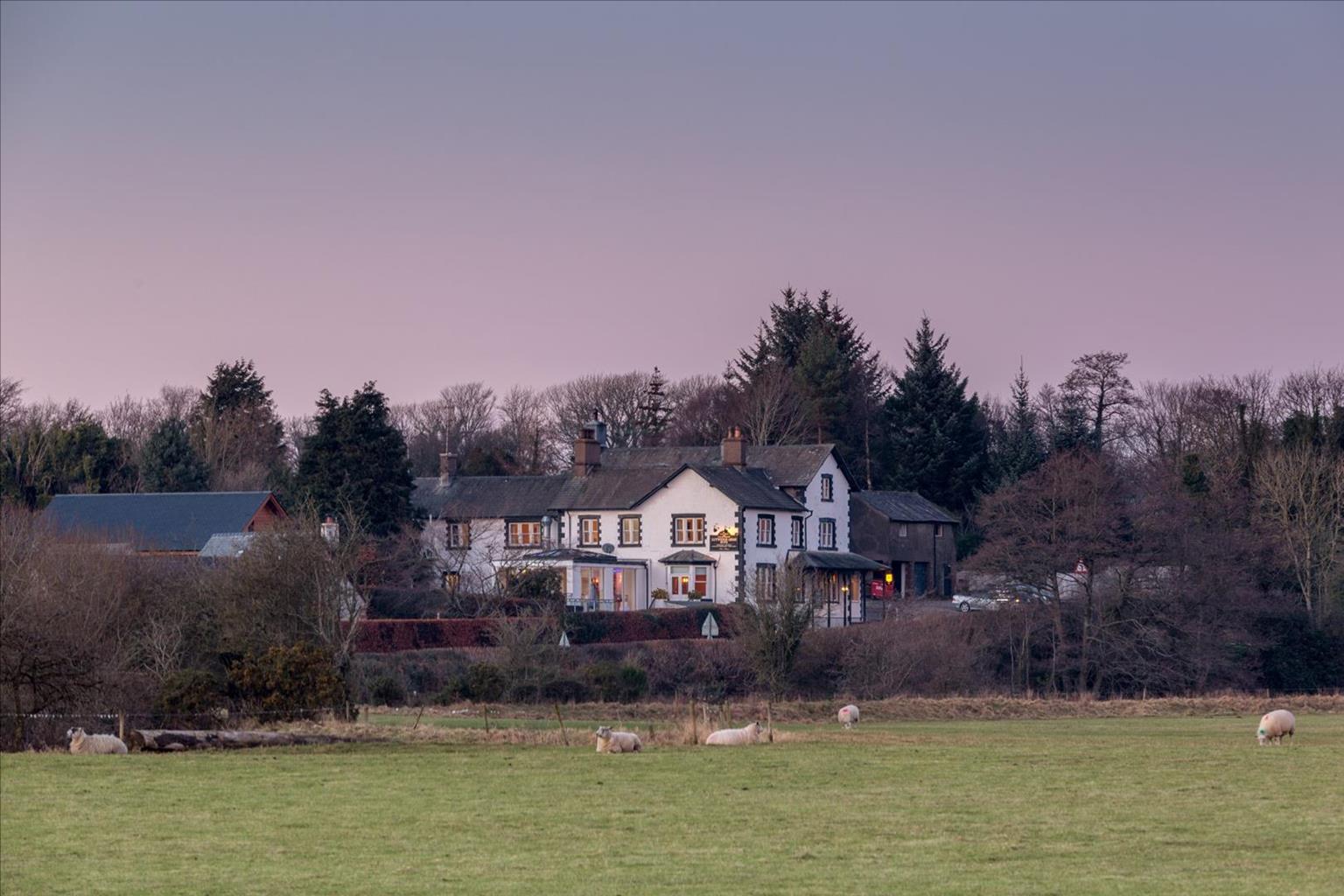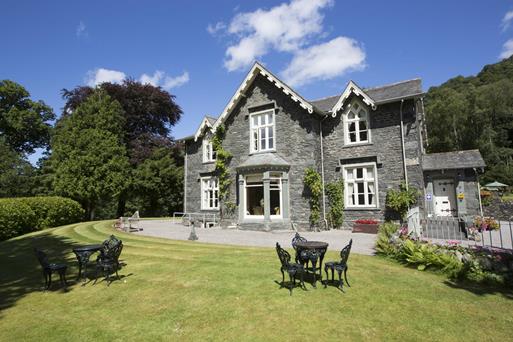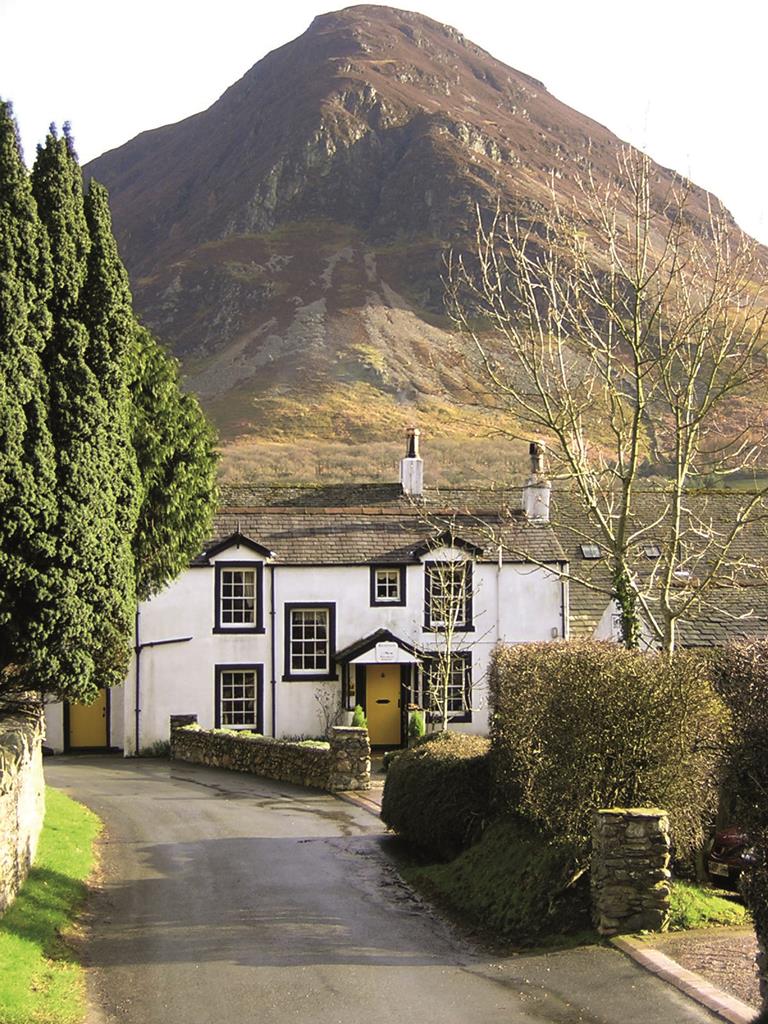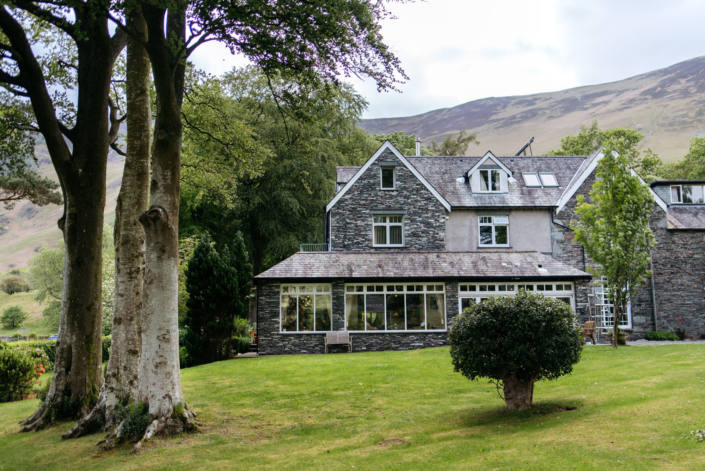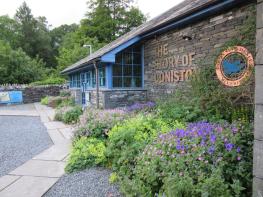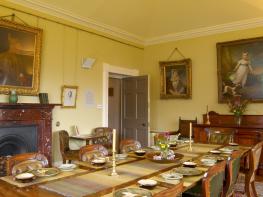A superb, secluded park surrounded by mature trees, hedging and Lakeland-stone walls in a…
Nether Wasdale to Wast Water

This walk takes in some of the delights of Cumbria's deepest lake, most magnificent screes and prettiest woods.
4.5 miles (7.2kms)
About the walk
If you’re driving past Nether Wasdale, the chances are you’re on the way to Wasdale Head and thinking about the climb to Great Gable, or England’s highest mountain, Scafell Pike. Nether Wasdale and its surrounding oak woods are pretty, but these narrow, twisting lanes and their enclosing stone walls make you concentrate on your driving. The area is too good to be dismissed, however. Delightful paths through those oak woods lead to Wast Water, where you can look across to the vast rock screes that fan out from Whin Rigg.
Cold and clear
As lakes go, Wast Water is fairly sterile. When water tumbles down the impervious volcanic rocks of the surrounding mountains, few of the minerals needed for a rich cycle of life are leached out into the lake. You’ll see some black-headed gulls and maybe the occasional red-breasted merganser, but the most fascinating visitor to Wast Water is a fish. The Arctic char comes here to spawn in the lake’s ice-cold waters each year between November and March, and has been doing so since the last ice age.
The great fans of stone known as the Wastwater Screes fall from the crags of Whin Rigg and Illgill Head, continuing down far below the water surface. Wast Water is England’s deepest lake at 258ft (79m). Its depth and its clear waters make it popular with scuba divers.
The view of the mountains around the head of the lake was once voted ‘Britain’s Favourite View’ by the public. This view, with Great Gable at its centre, is also the basis for the Lake District National Park logo. The classic viewpoint is a little further up the lake than this walk reaches, but you get a very good approximation when you climb up to the road after passing Wasdale Hall. This point is also directly opposite the highest fan of scree. You can tell that the mountainside is still shedding rock regularly as the scree is almost devoid of vegetation.
Walk directions
From the car park exit to the road and turn right. Cross the River Irt on a stone bridge, then turn left immediately on a stony track. The track leads through fields to Easthwaite Farm; skirt left around it on a secondary track, rejoining the main track just beyond.
Continue along the track through more fields, now tucked beneath the rocks of Irton Fell. After a slight descent, the track comes close to the River Irt then reaches the Wast Water Pump House at the foot of Wast Water. Water from the lake is pumped from here to Sellafield nuclear plant at seascale.
Beyond the pumphouse a narrow, undulating path follows the lakeshore to reach the foot of the Screes. You may wish to continue a little further just to get a feel for it, but then retrace your steps, past the pump house, to a little gate on the right leading to a narrow riverside path. Follow this by the Irt to Lund Bridge and cross over.
Go through a kissing gate then keep right on a clear path parallel to the river. This winds through Low Wood, bends left behind a little boathouse and continues along the lakeshore. The path approaches Wasdale Hall, a magnificent mansion now used as a youth hostel. Ignore branching paths to the hall and stay on the main lakeside path until it climbs slightly to a gate. Just above this you meet the Wasdale Head road. Here, you get a grand view over the lake towards the Screes, Yewbarrow and Great Gable.
Turn left along the road then, after about 300yds (274m), turn right along a wide stony track with a footpath sign. Follow this between High Birkhow Woods and Wasdale Hall’s long-abandoned walled gardens. Go over a stile at the end of the track to enter high pastures with the crags of Buckbarrow and Middle Fell away to the right.
The path begins as a faint grooved track, heading half left over a slight rise then bending back right towards a low rocky outcrop. From here it becomes well defined and winds downhill to meet another track at a T-junction. Turn left along this track, which aims southwest with the rocks of Ashness How to your left. When you see footpath waymarks to the left, you could make a short there-and-back detour to see Woodhow Tarn.
Otherwise continue straight ahead. Ignore another bridleway going right and follow the track ahead. It passes a cottage before veering left to the Nether Wasdale road. Turn right and then fork left (signed Santon Bridge). At the next junction the car park is a short way to the right.
Additional information
Well-defined paths and farm tracks
Farm pasture, deciduous woodland, low moor
Can run free in Low Wood; on lead elsewhere
OS Explorer OL6 The English Lakes (SW)
Car park in the woods, just north of Forest Bridge
None on route
WALKING IN SAFETY
Read our tips to look after yourself and the environment when following this walk.
Find out more
Also in the area
About the area
Discover Cumbria
Cumbria's rugged yet beautiful landscape is best known for the Lake District National Park that sits within its boundaries. It’s famous for Lake Windermere, England’s largest lake, and Derwent Water, ‘Queen of the English Lakes'. This beautiful countryside once inspired William Wordsworth and his home, Dove Cottage, in Grasmere is a popular museum. Another place of literary pilgrimage is Hill Top, home of Beatrix Potter, located near Windermere. Tom Kitten, Samuel Whiskers and Jemima Puddleduck were all created here.
Much of Cumbria is often overlooked in favour of the Lake Distirct. In the south, the Lune Valley remains as lovely as it was when Turner painted it. The coast is also a secret gem. With its wide cobbled streets, spacious green and views of the Solway Firth, Silloth is a fine Victorian seaside resort. Other towns along this coastline include Whitehaven, Workington and Maryport. Carlisle is well worth a look – once a Roman camp, its red-brick cathedral dates back to the early 12th century and its 11th-century castle was built by William Rufus.
Nearby stays
Restaurants and Pubs
Nearby experiences
Recommended things to do
Why choose Rated Trips?
Your trusted guide to rated places across the UK
The best coverage
Discover more than 15,000 professionally rated places to stay, eat and visit from across the UK and Ireland.
Quality assured
Choose a place to stay safe in the knowledge that it has been expertly assessed by trained assessors.
Plan your next trip
Search by location or the type of place you're visiting to find your next ideal holiday experience.
Travel inspiration
Read our articles, city guides and recommended things to do for inspiration. We're here to help you explore the UK.

